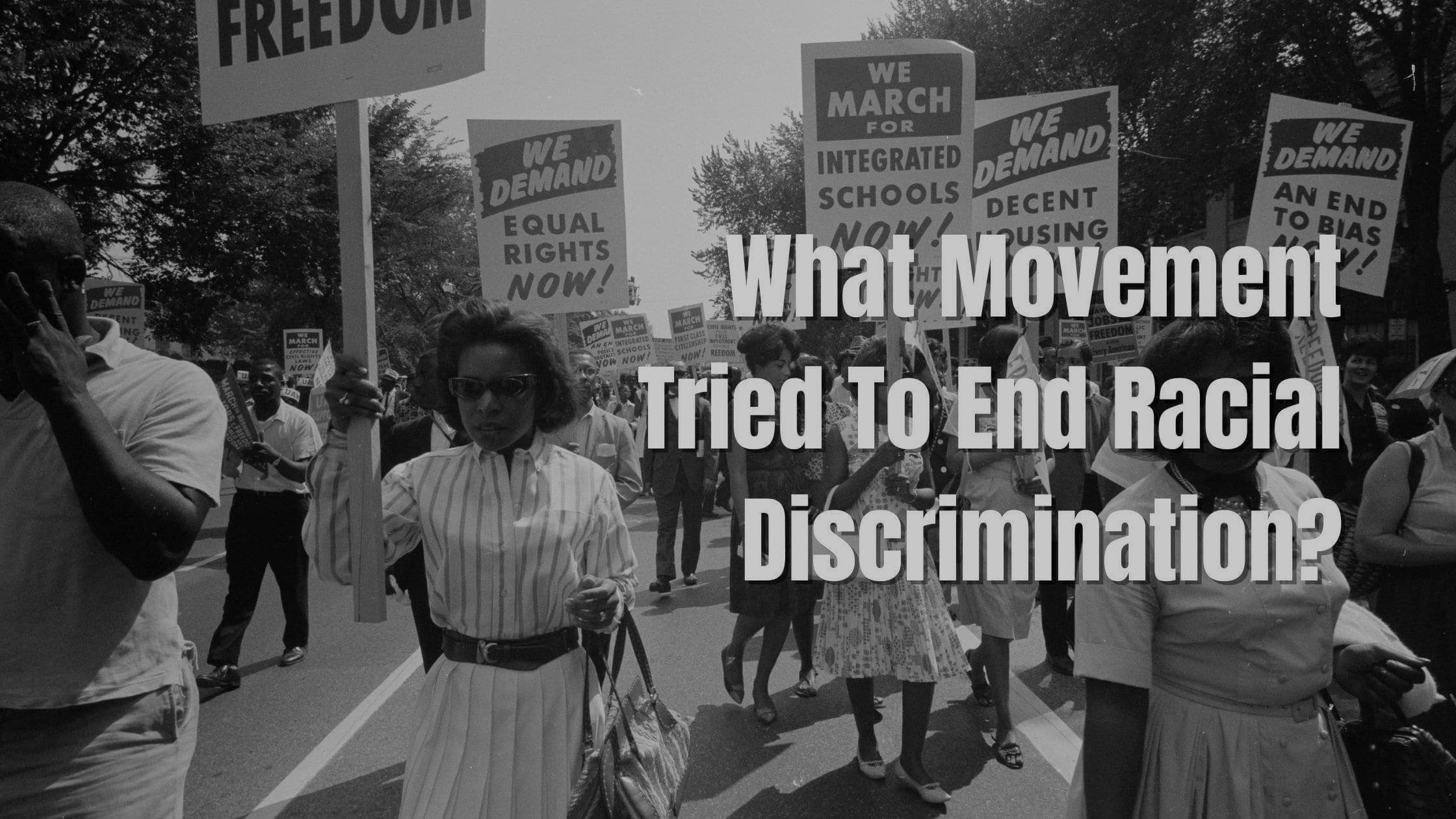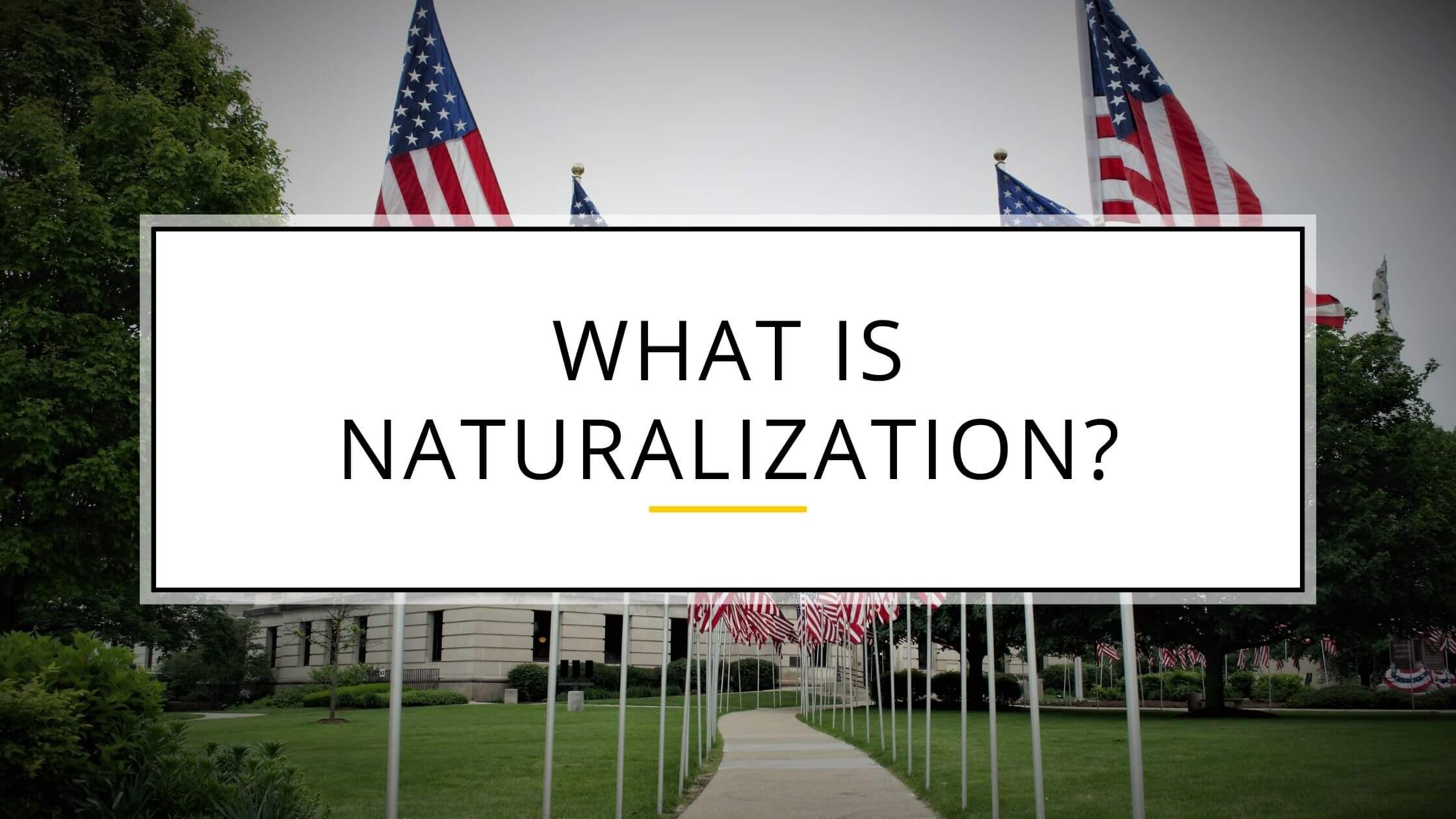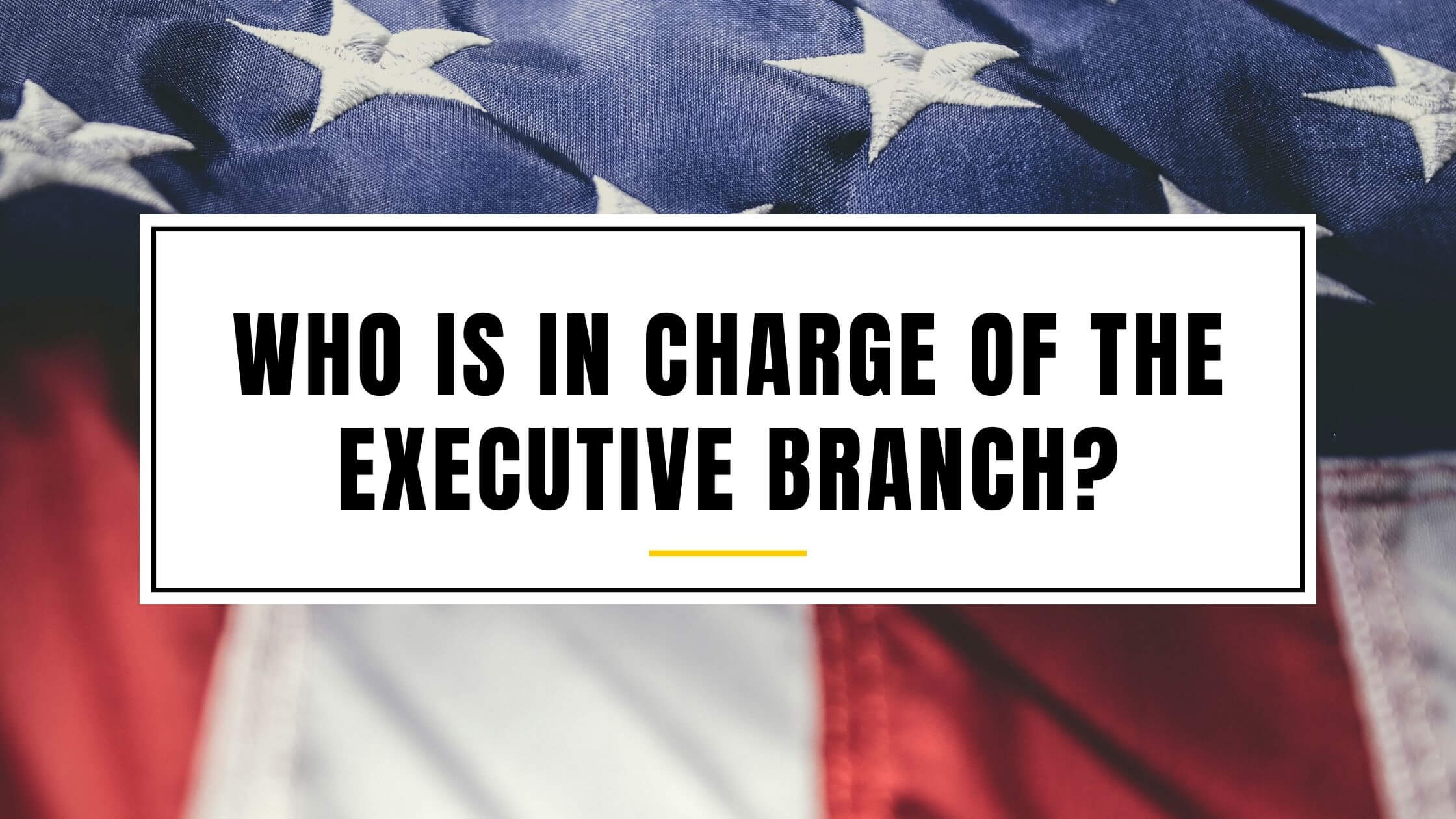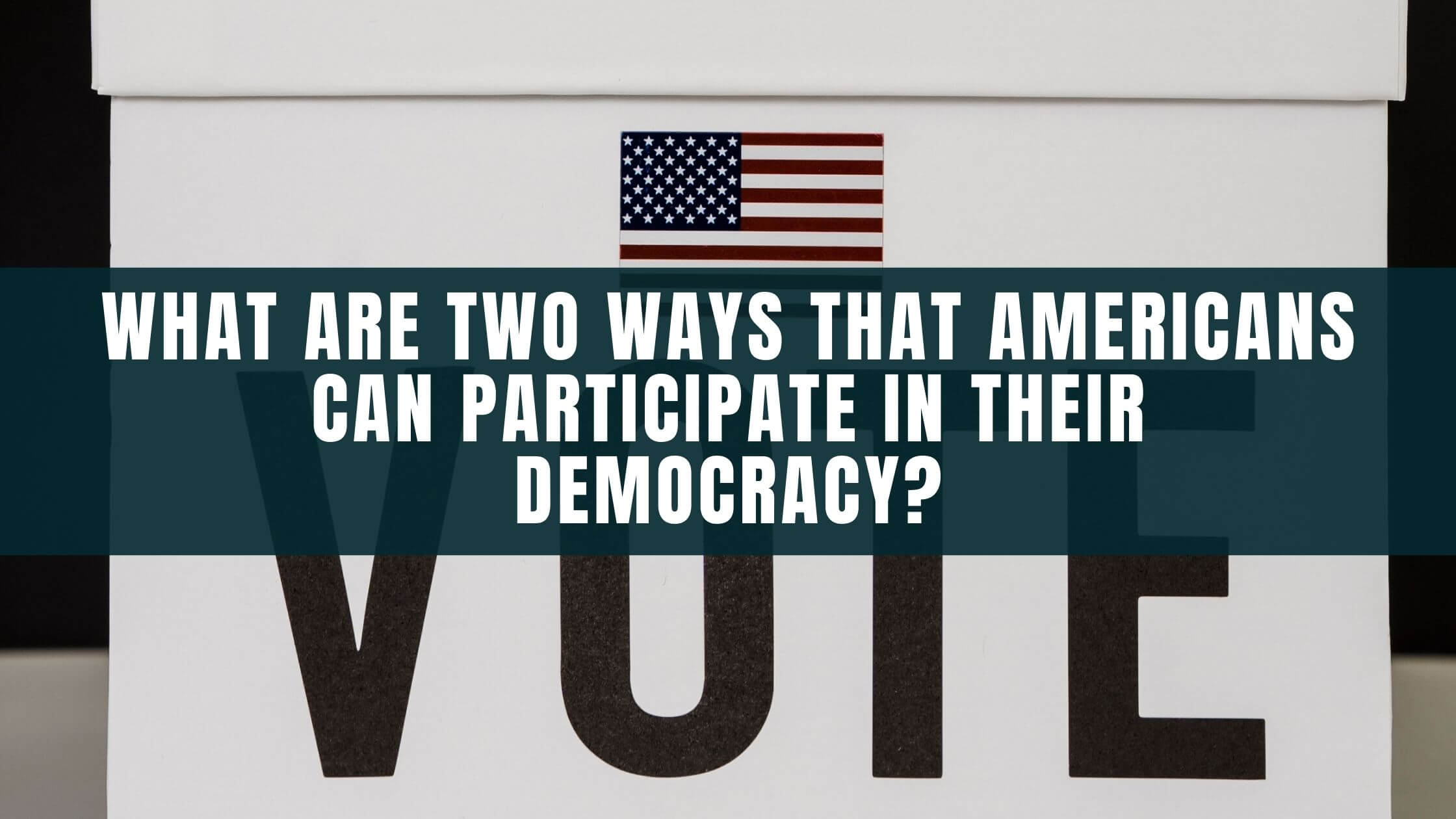Table of Contents
ToggleTo pass the US citizenship test, you will have to answer 10 of a possible 100 questions. The following question is from the USCIS test.
What movement tried to end racial discrimination?
Answer:
Civil rights (movement).
The following is a full explanation of the USCIS question:
The civil rights movement of the 1950s and 1960s tried to end racial discrimination in the United States. While racial discrimination still exists, the movement succeeded in removing barriers to equal voting rights and getting a number of anti-discrimination laws passed.
It took one hundred years for the United States to progress from ending slavery to establishing equal voting rights.
Why Didn’t African-Americans Get Equal Rights After the Civil War?
Following the civil war, there was a call for the immediate granting of equal rights. The 14th Amendment was passed, which requires equal protection under the law, followed by the 15th Amendment, which gave everyone legal voting rights.
When the 15th Amendment was ratified in 1870 it seemed like racial equality was only a short time away. African-Americans held public office and proceeded to pass laws that defended the rights of black people.
However, the introduction of new discriminatory laws after 1870, especially in the south, meant the 15th Amendment was not adequately enforced. There was also the problem of segregation laws and laws against interracial marriage. These were known as Jim Crow laws.
How Were Voting Rights Limited in the Wake of the 15th Amendment?
Literacy tests were used to limit who could or could not vote. These tests were often unfair to black people, contained misleading questions, were written confusingly, and were designed to be failed even if the person taking the test was literate.
Poll taxes were also implemented to discourage people from voting. At times, African-Americans faced threats or violence if they tried to vote in their local area. Though women got the vote in 1920, many women were also prevented from exercising that right.
Discriminatory Laws That Lasted Until the Civil Rights Era
Numerous, arbitrary segregation laws were passed in most states from the 1880s to the 1960s. For example, an African American barber could not cut a white women’s hair in Georgia and circuses had to have separate ticket offices in Louisiana for a black person and a white person. Laws against interracial marriage and cohabitation lasted until the second half of the 20th century.
African-Americans During WW2
Many Black Americans saw the Second World War as an opportunity to escape from low-wage employment. However, they were discouraged from joining the military and found it difficult to get higher-paying jobs connected to the war effort. A large civil rights movement demonstration in Washington was planned, prompting the president to open defense jobs to all Americans.
The outstanding performance of a group of African American fighter pilots aided America’s move towards equality. As did the discovery of German World War 2 atrocities, which pushed people to disassociate themselves from racist ideologies. After the war, the GI Bill helped many veterans get a better education and enter the middle class.
Open discrimination remained prevalent in the years between World War 2 and the introduction of 1960s civil rights legislation. The GI Bill was not explicitly closed to all African-Americans, but it was designed in a way that excluded most of them. In certain quarters, black advancement was feared, and some did not want the contribution to the war effort of Black Americans to lead to equal rights.
Rosa Parks and the Reality of Segregation
In 1955, an African American woman named Rosa Parks refused to give up her seat on a bus after the bus driver ordered her to move. The problem was not just that she had to sit at the back of the bus due to segregation laws. After some white men found no seats, the bus driver told Parks she had to give up her seat for a white passenger.
Rosa Parks refused to give up her seat and was arrested. The case gained such notoriety that it started the 1950s/1960s civil rights movement. It also inspired Martin Luther King Jr to create the Montgomery Improvement Association (MIA), making him the most famous civil rights leader.
The 1957 Civil Rights Act
Conclusively ending voter discrimination required three civil rights acts, the first in 1957, the second in 1964, and the third civil rights act in 1965. Each act closed loopholes that the previous acts had left open. While the 1957 act was not conclusive, it made it illegal to prevent people from voting and additionally created a commission to make sure votes were counted fairly.
The Freedom Riders and Violent Opposition to Equality
Towards the end of the racial segregation era, civil rights activists faced violence, which ironically may have helped them achieve their goals. The Freedom Riders were a group of both black and white activists who traveled around the country on a bus to protest segregation.
The Supreme Court had ruled against segregated bus terminals in 1960, and the Freedom Riders were determined to put that ruling to the test. They were violently attacked in 1961 when someone threw a bomb onto their bus, setting it on fire. They managed to escape the burning vehicle but were subsequently beaten by a mob.
When the incident became public knowledge and photographs of the attack circulated, it brought home just how opposed some members of American society were to the proliferation of equal rights and the civil rights movement in general.
Martin Luther King and the 1965 Voting Rights Act
Martin Luther King Jr used his charisma and leadership to make sure the civil rights cause was a success and that segregation did not continue as it had done for far too long. Two hundred thousand people marched on Washington, DC, to demonstrate for conclusive civil rights legislation. Martin Luther King made his famous “I have a dream” speech at this rally, the most famous speech of the civil rights era.
After the 1963 march on Washington, President Lyndon Johnson and his government agreed to pass stronger civil rights laws. President Johnson was carrying on the great work of President Kennedy.
The 1964 Civil Rights Act and the 1965 Voting Rights Act made it effectively illegal to prevent Black Americans from voting.
The Assassination of Martin Luther King
In 1968, Martin Luther King, the most famous civil rights activist of the civil rights movement and a Nobel Peace Prize winner, was assassinated. This heinous crime led to riots, civil disobedience, and nonviolent protests. Subsequently, President Lyndon B Johnson agreed to the 1968 Fair Housing Act, the final major piece of civil rights legislation of the 1960s in the United States.

Get Smarter on US News, History, and the Constitution
Join the thousands of fellow patriots who rely on our 5-minute newsletter to stay informed on the key events and trends that shaped our nation's past and continue to shape its present.
As tragic as the assassination was, the days when the law was openly racist were nearly over. While serious and violent racism still exists to this day, it is not openly tolerated.

Has the Voting Rights Act Been Weakened?
In 2013, a 5-4 Supreme Court decision weakened the Voting Rights Act. Previously, anyone passing new restrictive voting laws (for example, Voter ID Laws or closing polling places in some locations) had to prove to the federal government that they were not discriminating against anyone.
This is no longer true – states can first pass voting restrictions, and anyone who wants to argue they are discriminatory must do so after the restrictions pass. While some of the restrictions passed since then might only be intended to prevent voter fraud, others might be discriminatory.
Some states have arguably passed laws intended to make it more difficult for a black American to vote. While a return to the Jim Crow era seems unlikely, the public should remain vigilant against the slow erosion of civil rights for black people.











